|
|
|
|
|
|
|
|
Photo Gallery for Regina septemvittata - Queensnake
| 13 photos are shown. |
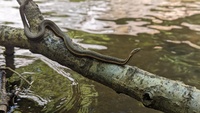 | Recorded by: J. Reynolds
Rockingham Co.
Comment: |  | Recorded by: J. Perry
Stokes Co.
Comment: |
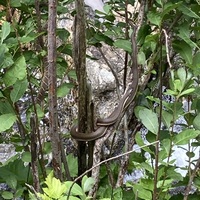 | Recorded by: J. Thomson
Rutherford Co.
Comment: | 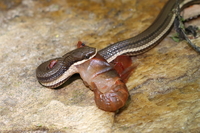 | Recorded by: Travis McLain
Stokes Co.
Comment: |
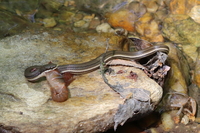 | Recorded by: Travis McLain
Stokes Co.
Comment: |  | Recorded by: Harry LeGrand
Alleghany Co.
Comment: |
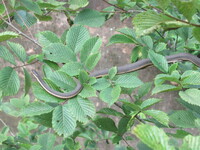 | Recorded by: Pat Momich
Madison Co.
Comment: | 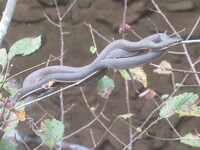 | Recorded by: Pat Momich
Madison Co.
Comment: |
 | Recorded by: H. Quay
Orange Co.
Comment: |  | Recorded by: Jim Petranka and Becky Elkin
Madison Co.
Comment: |
 | Recorded by: Jim Petranka and Becky Elkin
Caldwell Co.
Comment: | 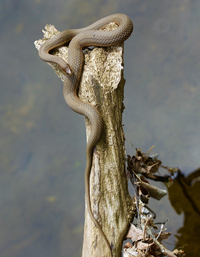 | Recorded by: Jim Petranka and Becky Elkin
Caldwell Co.
Comment: |
 | Recorded by: Steve Hall, NHP Staff
Orange Co.
Comment: |
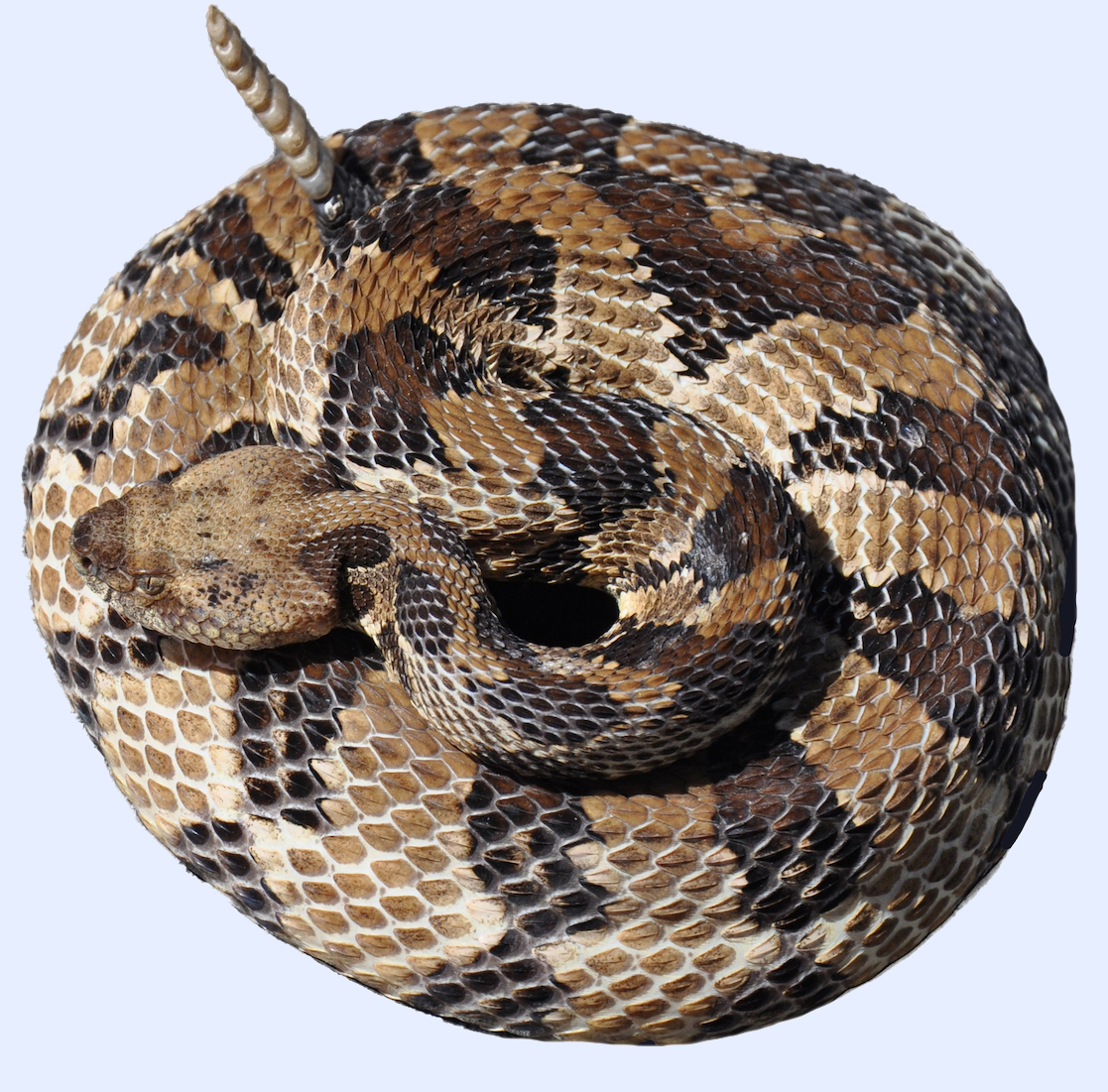
 »
» 


 »
» 
